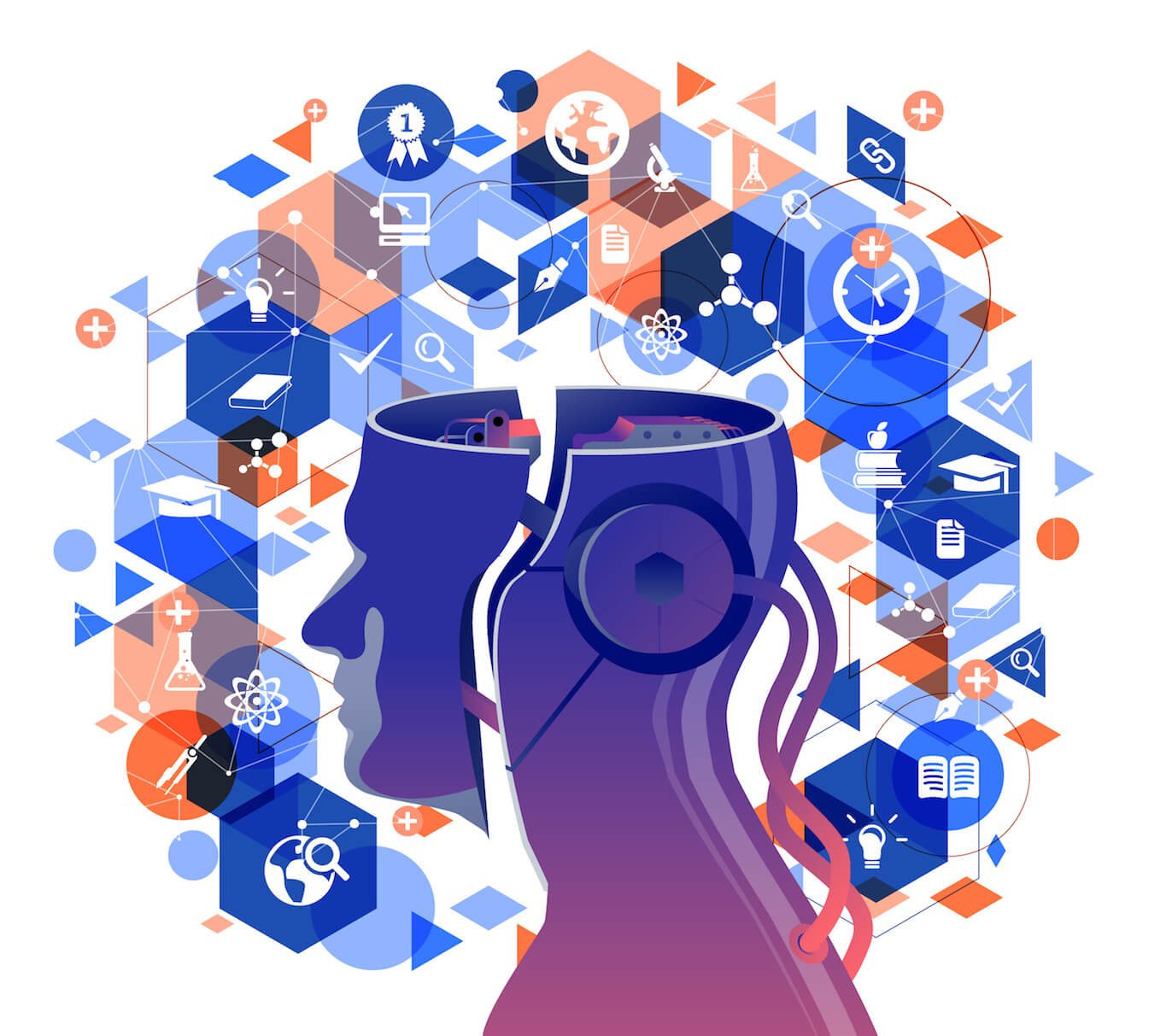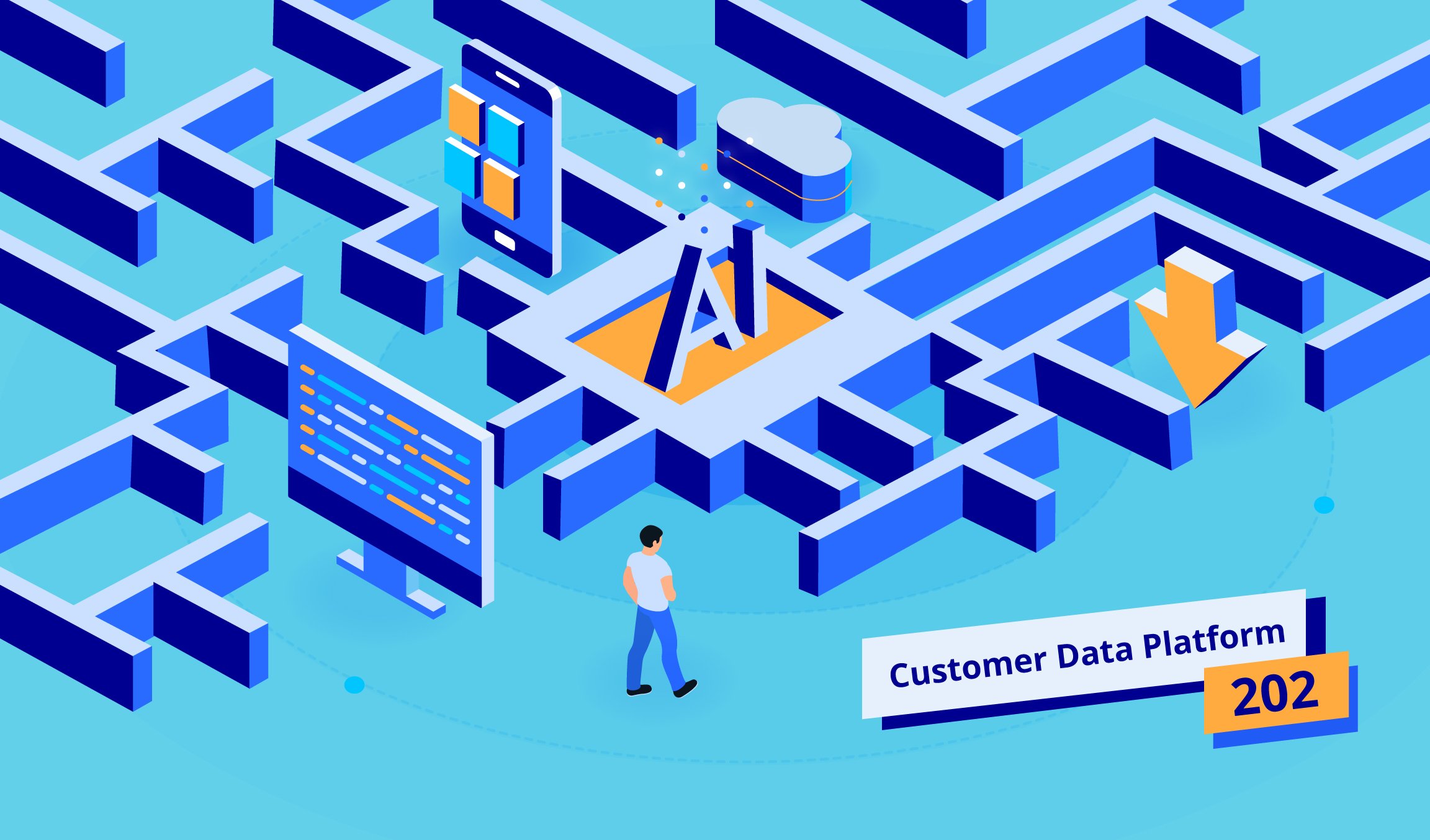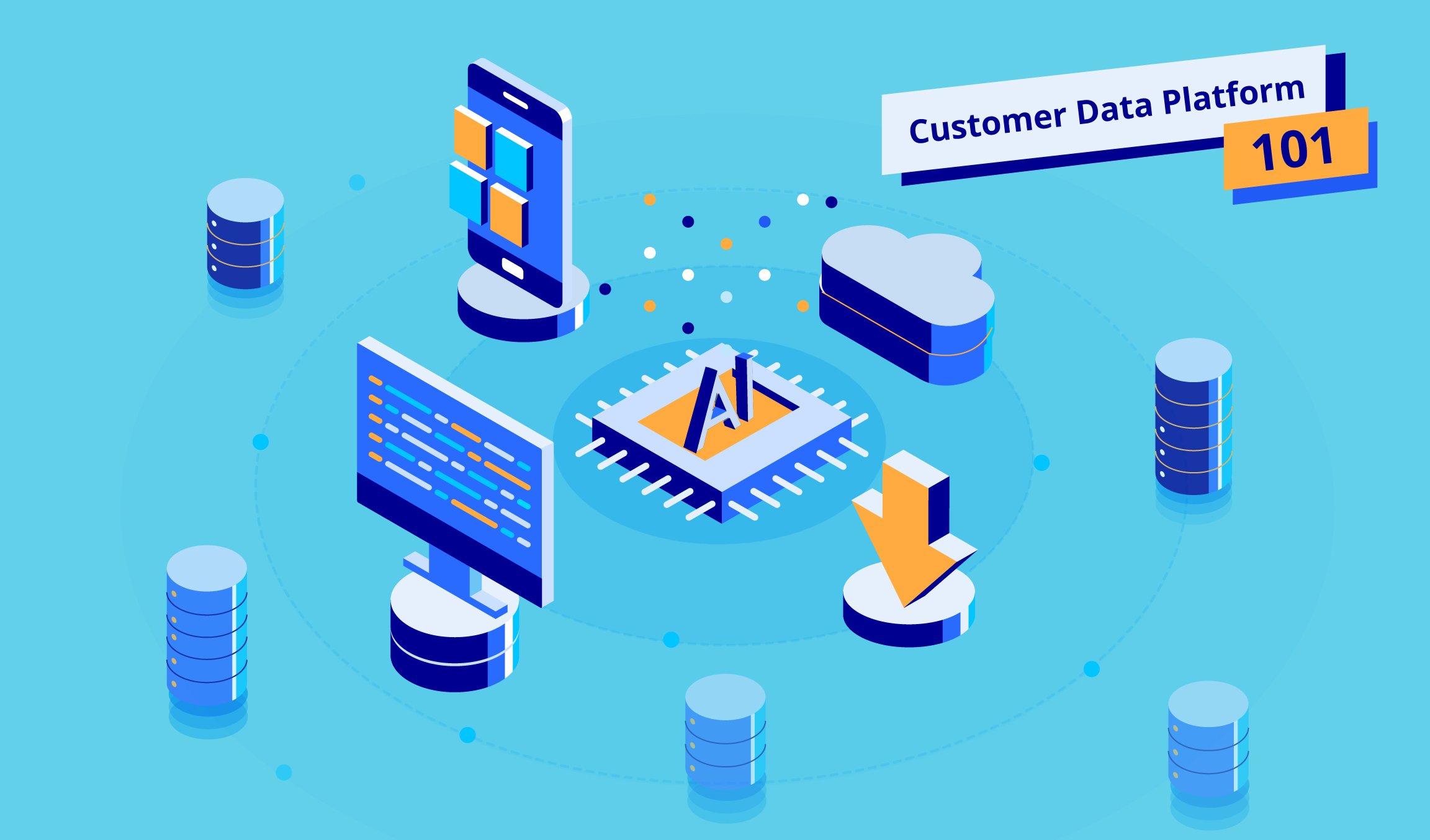3 min read
Author | Min Sun, Chief AI Scientist, Appier
Even as technology advances at a rapid pace and the possibilities for AI increase, it’s important to remember that the most effective applications of AI will still require a human touch.
As artificial intelligence (AI) technology continues to advance and its capabilities expand, we might wonder what the role of humans is going to be as things become increasingly automated. This is particularly true when it comes to creativity, given that the ability to ideate and produce new things is one of the characteristics that distinguish humans from other animals.
Defining ‘Creativity’
We already have many examples that AI can be trained to exhibit creative behaviours. For instance, AI can be used to transfer a particular artistic style to original photographs. Mobile applications like Prisma, which allow artistic style transfer, have become extremely popular. AI can also be used to generate new images or paintings. It was recently reported that a new painting created by an AI program has been sold at auction for astonishing US$432,500!
It’s important to distinguish ‘creative behaviours’ from ‘creativity’ with regard to what AI technology is actually doing. How humans decide what is and isn’t creative is largely subjective. AI cannot be creative, in that it cannot experience something like inspiration, but rather it can learn creative behaviours and mimic the human creative process, via which it can produce an output.
AI is widely acknowledged to be good at handling huge data sets, uncovering patterns and relationships in data, optimizing towards a clear objective and making predictions. In the case of the painting mentioned earlier, the data set was 15,000 portraits painted over a period of 600 years. An algorithm was then able to emulate the properties of the paintings and produce something based on what it had learned. Other specific applications of ‘creative AI’ include developing special effects for entertainment; providing customer service through chatbots; and designing new proteins and chemicals in the health and science arenas.
The Role of Human Intelligence
Human intelligence (HI) is better at creating content, such as art or literature, and is better at creative problem-solving, such as identifying an opportunity to start a business. Even though AI has been used to generate art and descriptive text, it can only mimic what already exists. It cannot yet create ‘new’ styles of art, dance or literature. In other words, AI can learn patterns that underlie the creative process. However, for things like starting a business- which are rarely if ever replicated in exactly the same way – HI significantly outperforms AI.
Because of this, even as AI capabilities advance, humans are still important. Subject matter experts are critical for creating examples for AI to learn from, and we still need to provide the goals for AI to work towards and the parameters within which to do that. Humans are still the final decision makers on what ‘creativity’ looks like.
At Appier, one way we have experimented with AI and creative behaviours is to see if it can design clothing. I recently spoke at an event hosted by SGInnovate, where I spoke on the topic of AI and creativity, and I showed the audience both human designs and AI designs. Several people were certain that the AI designs were created by humans, showing that in this case, there was some alignment on ‘creativity’ from both an AI and HI perspective. As Appier works with many e-commerce clients, identifying ways to expand the capabilities of our AI technology allows us to provide more comprehensive solutions to our customers.
Understanding AI’s Capabilities and Limitations
For now, even as technology advances at a rapid pace and the possibilities for AI increase, it’s important to remember that the most effective applications of AI will still require a human touch. Bringing AI in the creative process will not diminish the role of humans or replace them, but rather it will enhance the creative process and help people produce greater and more varied content and allow them to explore more options when it comes to creative problem solving.
The most critical role for humans working alongside AI is to be clear about what we want it to achieve. We must clearly understand AI’s role and limitations, and provide it with the assets it needs to best perform, particularly robust and high quality data for it to analyze and learn from.
*This article was originally published on e27.



